Broccoli Spigariello
$4.95
Brassica Oleracea
- Seed Count 500
- Leaf Broccoli
- Biennial
In stock
Description
Broccoli Spigariello is an Italian leafy green that tastes a lot like broccoli. But unlike broccoli, you eat the leaves instead of the flowers. The plant grows just like kale, but produces small broccoli-like florets late in the season. Every part of the plant is edible and the new growth is tender enough to eat raw right off the plant.
While often likened to rapini in that it does not make a central broccoli “head”, it is much less pungent with a bigger and more heavily branching frame. The narrow, very dark green leaves, develop a wonderful wavy, curvy, twisting form as the plant matures, making for a striking bunch at the market and beautiful addition to braises, sautés, pizzas, and soups.
The hearty flavour is something of a cross between broccoli leaves and Tuscan kale and is perfect for rustic Italian cuisine. Somewhat unusual in the Brassica family, it has white flowers, suggesting that it originally came to southern Italy from Asia as a descendant of Chinese broccoli.
It’s very easy to grow. If you don’t give in to temptation and eat it prematurely, each seedling will grow into a big, sturdy plant. I think of them as broccoli trees. You harvest the leaves as you need them, leaving the plant intact to generate more leaves. Eventually, it produces the tiny white flowers that the bees love.
| Method: Sow direct | Soil Temp: 7°C - 30°C |
| Cool Mountain: Sep - Mar | Position: Full sun |
| Arid: Jan - Jul | Row Spacing: 50cm apart |
| Temperate: Sep - Apr | Planting Depth: 3mm |
| Sub Tropical: Feb - Jun | Harvest: 60 Days |
| Tropical: Mar - Jun | Plant Height: 1.2 m |
🌱 Sowing – Trays vs. Direct in the Ground
🪴 Sowing in Trays (Recommended)
Starting broccoli leaf in trays gives you more control, especially during unpredictable autumn weather or if pests like slugs and snails are active.
- Timing (Cool Season Crop): Sow from late summer to early autumn in temperate and cooler regions. In warmer areas, you can sow right through autumn and even into early winter.
- Tray Setup: Use a good-quality seed-raising mix. Sow one seed per cell if using a punnet or plug tray.
- Germination Time: 5–10 days in ideal temps (15–20°C).
- Transplanting: Harden off seedlings when they have 2–3 sets of true leaves, and transplant at around 10–15cm tall. Spacing: 30–45cm apart.
🌿 Sowing Direct
If you’re short on time or don’t have tray space, direct sowing works too—just protect young seedlings.
- Sow seeds 3mm deep and 50cm apart in rows.
- Keep moist until established. Thin out to the strongest plants once true leaves appear.
- Cover with fine netting or mesh to deter pests.
🧱 Soil and Position
Like most brassicas, broccoli leaf enjoys:
- Soil: Well-drained, fertile soil enriched with compost and aged manure. A slightly acidic to neutral pH (6.0–7.0) is ideal.
- Sunlight: Full sun to light shade (at least 5 hours of sun a day). In hotter regions, light afternoon shade helps prevent stress.
- Soil Prep Tip: Dig in compost or worm castings a couple of weeks before planting. Brassicas love nitrogen, so work in a handful of blood and bone or organic fertiliser before sowing.
🪴 Care and Maintenance
Once your plants are settled in, they’re relatively low fuss. Here’s what helps them thrive:
💧 Watering
- Keep soil consistently moist—not soggy.
- Water at the base to avoid fungal issues on the leaves.
- Mulch well to retain moisture and suppress weeds.
🌱 Feeding
- Feed fortnightly with a seaweed tonic or fish emulsion during early growth.
- A side-dress of compost or an organic high-nitrogen fertiliser mid-season helps keep leaf production strong.
✂️ Leaf Harvesting
- Begin harvesting outer leaves when plants are around 25–30cm tall.
- Always leave the central crown and inner leaves intact so the plant continues growing.
- Regular picking encourages more lush growth.
🌸 Companion Planting Guide
Broccoli leaf gets along well with many garden favourites:
Great Companions:
- 🥕 Carrots – loosen soil and make great neighbours.
- 🌼 Calendula and nasturtiums – attract pollinators and act as pest decoys.
- 🧅 Onions, leeks, and garlic – help deter aphids and cabbage moth.
- 🥬 Lettuce and spinach – quick growers that tuck in underneath.
Avoid Planting With:
- 🥦 Other brassicas (like cabbage, cauliflower) – they compete for nutrients and attract the same pests.
- 🍅 Tomatoes and strawberries – these don’t share the same growing conditions or needs.
✂️ Harvesting
You can start harvesting broccoli leaves about 6–8 weeks after sowing:
- Pick outer leaves first, leaving the inner ones to continue growing.
- Use scissors or pinch leaves off at the base to avoid damaging the main stem.
- Best picked in the morning for flavour and hydration.
- The younger the leaf, the more tender and sweet the flavour.
💡 Tip: Older leaves can be tough but are still great in soups, stews, or blended into green sauces.
🐛 Common Issues and Fixes for Broccoli Leaf
| Problem | Symptoms | Likely Cause | Fix/Prevention |
|---|---|---|---|
| Cabbage Moth & Caterpillars | Holes in leaves, green caterpillars on undersides | Cabbage white butterfly (moth) | Use insect netting, handpick caterpillars, or spray with organic Bt solution. |
| Aphids | Clusters of small green or black insects on stems and new leaves | Sap-sucking pests | Spray with strong water jet, use insecticidal soap, or attract ladybirds/lacewings. |
| Yellowing Leaves | Lower leaves turn pale yellow and may drop off | Nitrogen deficiency | Apply compost tea, worm juice, or a nitrogen-rich organic fertiliser. |
| Powdery or Downy Mildew | White or greyish patches on leaves, distorted growth | Humid, still conditions | Improve airflow, avoid overhead watering, use organic fungicide if needed. |
| Slow Growth or Stunted Plants | Plants look weak or stop developing | Poor soil nutrition or overcrowding | Thin seedlings, feed with seaweed or fish emulsion, and enrich soil with compost. |
| Snail & Slug Damage | Ragged holes in leaves, slime trails around base of plants | Nighttime munchers (snails/slugs) | Use barriers (crushed eggshells, copper), beer traps, or night patrols. |
🌼 Seed Saving Guide
If you’ve let some plants go to flower—good on you! Broccoli leaf plants will bolt in warm weather and send up tall yellow flower stalks, followed by seed pods.
🌿 How to Save Seeds:
- Let pods mature on the plant – they’ll turn brown and dry out.
- Harvest when pods rattle – cut whole stems and hang upside down in a paper bag in a dry, airy space.
- Threshing – once dry, gently crush pods to release seeds.
- Storage – clean seeds and store in a cool, dark, dry place in a labelled envelope or jar. Viable for 4–5 years if stored well.
💡 Note: Brassicas readily cross-pollinate. To save true-to-type seeds, only let one variety of brassica flower at a time, or isolate by distance (500m+ ideally).
🌞 Final Thoughts
Broccoli leaf is one of those unsung garden heroes. It’s generous, nutritious, and keeps on giving when treated right. Whether you’re growing it for everyday greens, to fill a winter garden gap, or to keep your soil active in the off-season—it’s a worthwhile addition to any patch.
And best of all? It’s forgiving. Even if you miss a few watering sessions or forget to feed it for a week or two, it’ll often bounce back with gusto.
So go ahead and give it a go. Start a tray this weekend, and before you know it, you’ll have fresh greens for your stir-fries, soups, or garden-fresh snacks.
Postage Charge
Orders under $30 attract a $4.95 shipping charge. Orders $30 and above have free shipping.
Order Times
Seed orders are normally dispatched within three business days. You will receive an email when seeds are mailed out.
Postage Days
Seeds are mailed out Monday to Friday at 1pm. Except for the Friday of long weekends.
Postage Times
WA 2-3 Days: SA,NT 3-5 Days: NSW, ACT, QLD, VIC: 5-7 Days
Carrier
We use Australia Post Letter Postage for the majority of orders
Not only are our seeds packed in recycled paper envelopes, we keep the theme going when we post out website orders. To protect your seeds from moisture and the letter box munchers (snails), we use a very special plastic free material made from plants. They are then put into recycled mailing envelopes. Green all the way 💚🌿

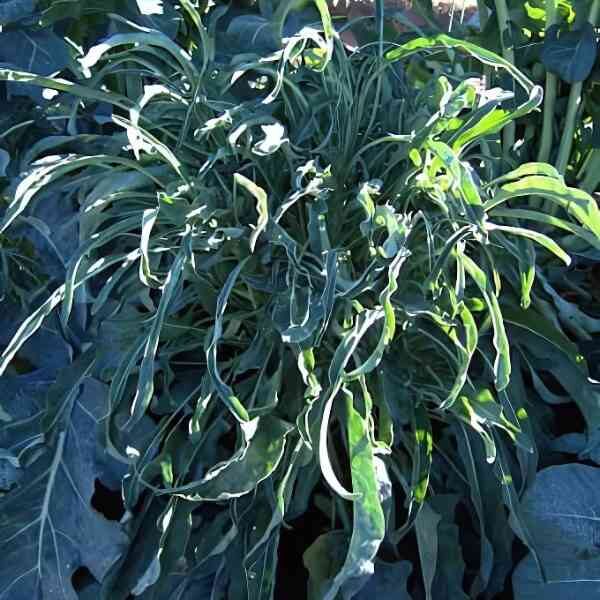





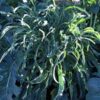


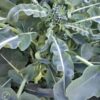
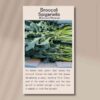

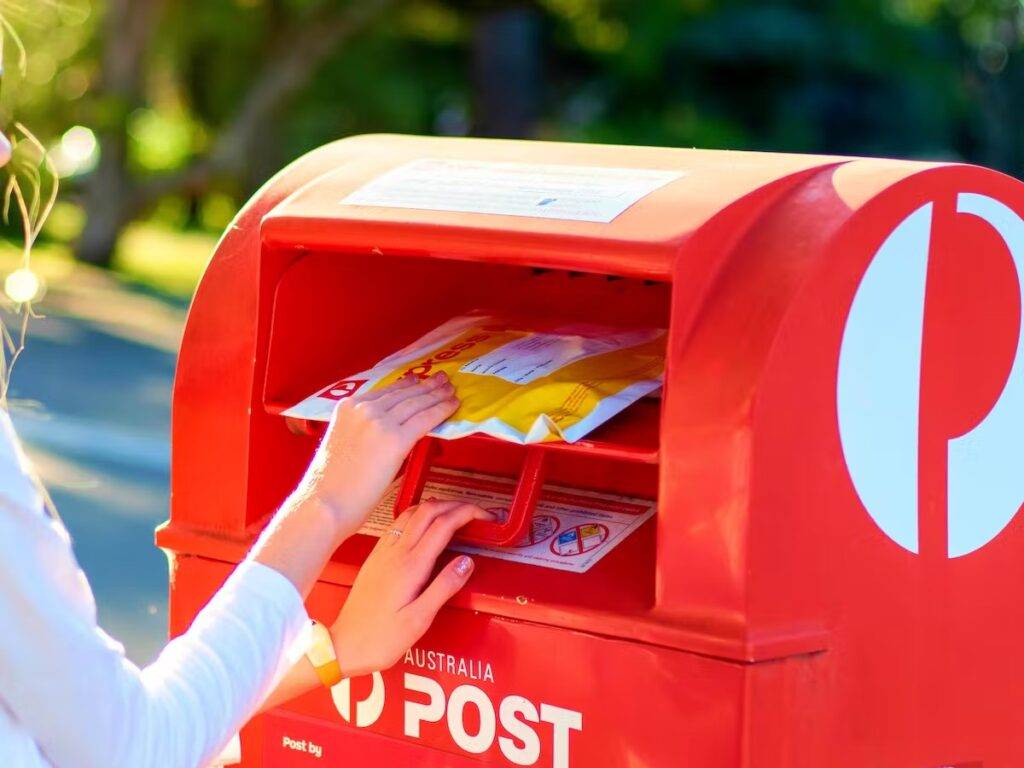
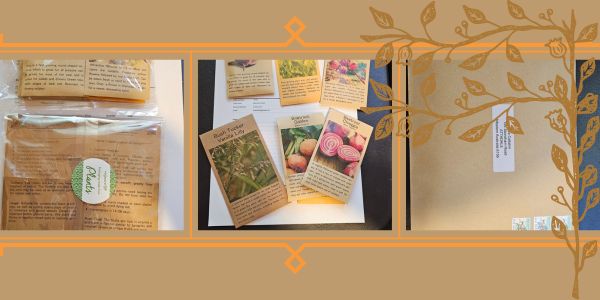
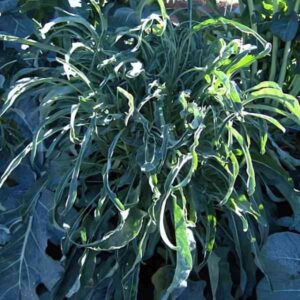
1 review for Broccoli Spigariello